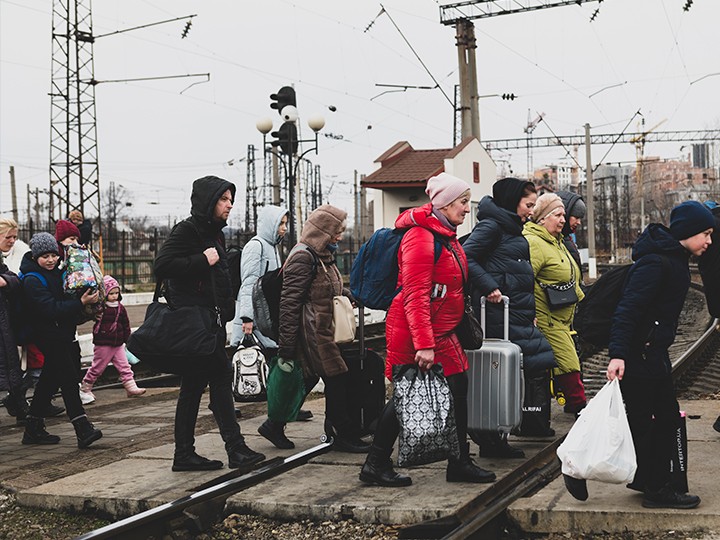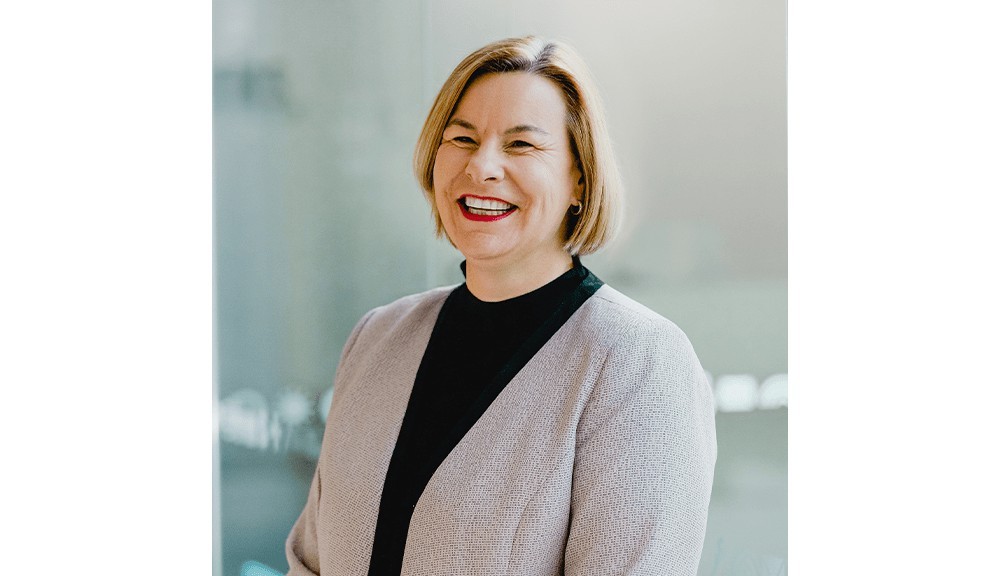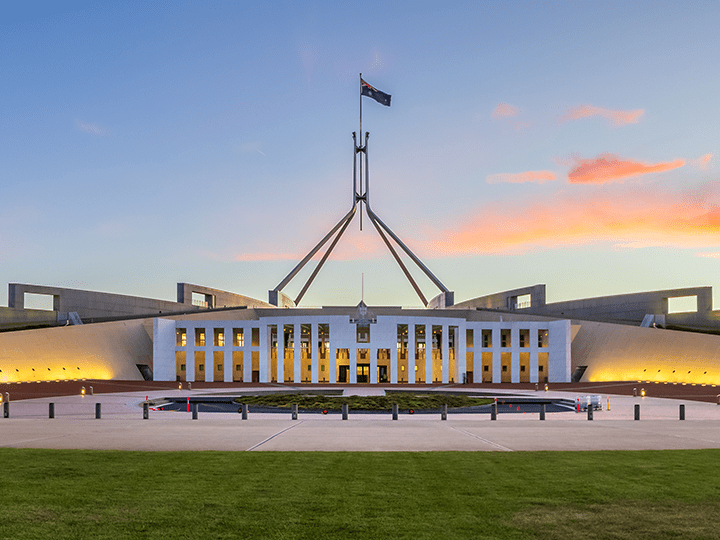As you will have been reading and watching in recent days, Russia has invaded Ukraine on three fronts: from the North in Belarus, across the Eastern frontier and from the South from Crimea. First and foremost, our thoughts are on the humanitarian impact this invasion has and will likely have.
It appears the motivation for this invasion stems from Putin’s view of himself as Emperor of the Russian empire, wanting to restore Russian control of the old Soviet Bloc countries and with-it Russian pride.
Russia has been able to influence the governments of Belarus and Georgia, but it has repeatedly failed to control the Ukraine government, given much of the population (to the west of the country) support alignment with Europe, rather than Russia. Russia believes it is vulnerable to Ukraine joining the EU and NATO, which will place NATO right on its doorstep.
After Ukraine ousted a Russian leaning President in 2014, Russia immediately annexed the strategically important Crimean Peninsula (located in the Black Sea) and subsequently encouraged separatist rebels in Eastern Ukraine. Now Russia has recognised the independence of the Donetsk and Luhansk regions to the East and launched a full-scale invasion of Ukraine.
The West is powerless to stop him with any immediacy. The EU doesn’t want a full-scale conflict, so NATO will stay out of it. Instead, a wide range of sanctions will be used to gradually strangle Russia and put pressure on Putin. But these US/UK/EU sanctions will be slow to take effect and China may rescue Russia financially anyway. Indeed, China may be happy to watch and learn in lieu of its ambitions around Taiwan. So, a prolonged, bloody resistance within Ukraine is likely to drag on and slowly bleed Russia a bit like the Chechen conflict. Much like the Soviet invasion of Czechoslovakia in 1968, Russia is unlikely to recover trust among Ukrainian people and occupation is much harder than invasion – a pyrrhic victory perhaps but unlikely to deter Putin.
This invasion follows months of Moscow massing troops near Ukraine but this level of invasion was not expected by financial markets. As the news was coming out of Europe on Thursday our time, Australian shares fell ~3%. International markets followed suit and fell in early trade that night. However, markets quickly recovered losses as level heads consider that the immediate market crisis might be over quickly if Putin is able to swiftly orchestrate a change in Ukrainian Government to a pro-Russian stance.
Of course, it’s a very fluid situation and markets behave in a knee-jerk way in the short-term.
What’s an investor to do?
We’d expect the acute market effect of this Russian invasion may soon subside, much as happened in 2014.
With a medium-term view, the sanctions are likely to have an impact on inflation as oil prices as commodity prices rise with restricted Russian supply to the world. Russia is a key global supplier of natural resources, including oil, gas, nickel, aluminum, copper, titanium, platinum, palladium, and neon. Russia and Ukraine are also major wheat exporters. It’s estimated Russia accounts for around 40% of Europe’s gas supply and 25% of its oil supply. Russia and Ukraine represent around 25% of the global wheat export market, with most of the crop going to North Africa and the Middle East.
Overall, the main economic risks are around higher commodity prices, with the impact felt most in economies reliant on Russian exports, such as Europe for energy and North Africa and the Middle East for wheat. Higher energy costs are likely to keep inflation elevated but central banks understand raising interest rates is unlikely to be helpful for this sort of ‘cost-push’ inflation.
In the long run it will add some impetus to the demise of fossil fuel dependence, weakening Russia’s power.
Prior to this Russian/ Ukrainian crisis, markets were blinkered on inflation and interest rates, with a re-pricing already underway, especially in high growth technology stocks. So, we anticipate continuing market volatility and likely some further falls to come, driven by the inevitable central bank rate hikes. Interest rates are still the main game for investment markets.
Our focus on portfolio diversification and a long-term quality holds us in good stead. Now is not the time to sell or panic. Our high-quality investments will endure, and these market conditions provide opportunity for patient investors. As we’ve said before, at times like these, assets pass from weak hands to the strong.









